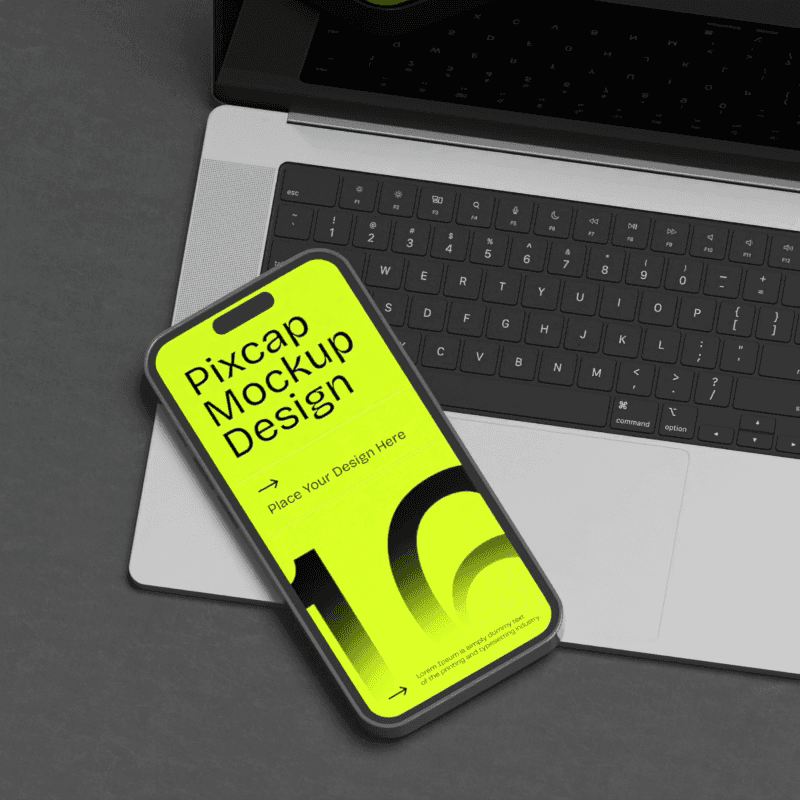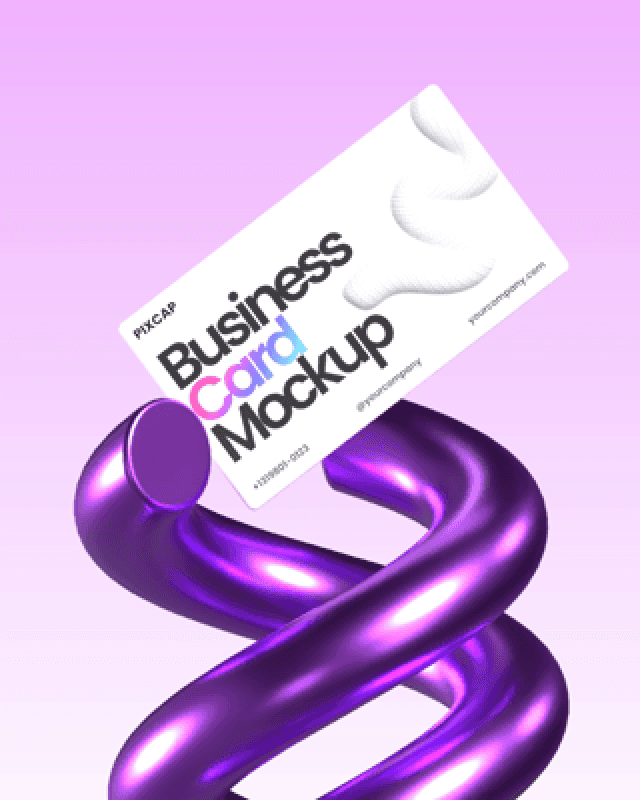When it comes to user interfaces, there are a lot of design principles and guidelines that designers follow in order to create an effective and intuitive experience for the users. One such principle is the use of dialog boxes with OK-Cancel or Cancel-OK buttons.
But have you ever wondered why some dialog boxes have the OK button on the left while others have it on the right? Is there any specific reason behind this variation?
In this article, we will discuss which one is better from a user experience perspective.
The Debate
The debate between using OK-Cancel or Cancel-OK buttons in dialog boxes has been ongoing for quite some time. Some argue that OK-Cancel follows the natural reading order and is therefore easier for users to understand, while others believe that Cancel-OK offers a more logical and sequential flow. So which one is better?
OK-Cancel vs Cancel-OK
Both options have their pros and cons, and in reality, it ultimately depends on the context and purpose of the dialog box. Let's take a closer look at each option.
OK-Cancel
The OK-Cancel button layout is considered to be more user-friendly and intuitive for most users. This is because it follows the natural reading order, where the primary action (OK) comes before the secondary action (Cancel). It also aligns with other commonly used buttons like Save-Cancel or Yes-No, which makes it easier for users to understand and interact with.
However, some argue that having the OK button on the left can create a "button bias", where users tend to automatically click on the left button without fully considering their options. This can lead to unintentional actions or confusion if they wanted to select Cancel instead.
Pros:
Follows natural reading order (left to right) in Western cultures.
Often the preferred order for Windows applications.
"OK" is typically the chosen action, so placing it first might be faster for keyboard users (tab key).
Cons
Doesn't necessarily encourage users to review both options before choosing.
Cancel-OK
On the other hand, the Cancel-OK button layout follows a more logical sequence, where the secondary action (Cancel) comes before the primary action (OK). This can be beneficial in situations where canceling is a commonly used option. It also eliminates the "button bias" mentioned earlier and allows users to make a more deliberate choice between actions.
However, some argue that this layout goes against the natural reading order and can cause confusion for users who are used to seeing OK-Cancel buttons. It can also be seen as counterintuitive for those who are not familiar with the layout.
Pros:
May encourage users to consider both options before clicking.
Might be faster for some users who know they want to cancel (less eye movement).
Often the preferred order for Mac and Android applications.
Cons:
Goes against natural reading order for some users.
What Makes a Better User Experience?
In terms of user experience, both layouts have their pros and cons. Depending on the context and the target audience, one layout may be more suitable than the other. However, there are some general guidelines that can help determine which layout makes for a better user experience.
Context
If the action is potentially destructive (e.g., deleting a file), placing "Cancel" first might be a safer option. This approach ensures that users have an extra moment to consider their decision, which can prevent accidental data loss or undesirable changes. Positioning that follows user expectations saves people much more time and reduces mistakes.
Consistency
Consistency is key in user experience design. If the application or website follows a specific layout pattern or color scheme for buttons (e.g., "OK" on the left, "Cancel" on the right), it's best to stick with that pattern for all similar actions. This way, users can quickly adapt and know what to expect when making choices.
However, if there are multiple button layouts used throughout the platform, it can create confusion and frustration for the user. Thus, following platform conventions is more important than optimizing an individual dialog box.
Target Audience
It's essential to consider the target audience when deciding on button layout. For example, if the majority of users are elderly or have visual impairments, having "OK" placed before "Cancel" might make it easier for them to locate and click on the button.
On the other hand, if the target audience is tech-savvy and familiar with standard button layouts (such as Mac and Android applications), placing "Cancel" first may not be an issue.
OK-Cancel or Cancel-OK, Does That Matter?
The OK-Cancel sequence has long been a topic of debate in UX design, with studies showing no significant difference in performance or user preference. Despite this, consistency with platform conventions remains important. For instance, Windows typically uses the OK-Cancel sequence, while Mac employs Cancel-OK. This difference underscores the importance of adhering to established norms within each platform.
While the order of OK and Cancel buttons may seem like a matter of personal preference, it's crucial to standardize the sequence across an entire environment. Consistency helps users quickly recognize and interact with these buttons without hesitation, enhancing the overall user experience.
Jakob Nielsen, a renowned web usability consultant and human-computer interaction researcher, advises choosing the option that feels more natural to the majority of your users. Given that most users are familiar with the Windows or KDE environments, adopting the OK-Cancel sequence can make interactions smoother and more intuitive for them.
Conclusion
When designing a user interface, it's important to consider the target audience and their familiarity with platform conventions. While there may not be a significant difference in performance or user preference between OK-Cancel and Cancel-OK button sequences, consistency within your environment is key for a seamless user experience.
Ultimately, the decision should be based on what feels more natural for the majority of your users. So take the time to research and understand your target audience before finalizing your button layout. By doing so, you can provide an efficient and intuitive interface that caters to the needs of your users.














